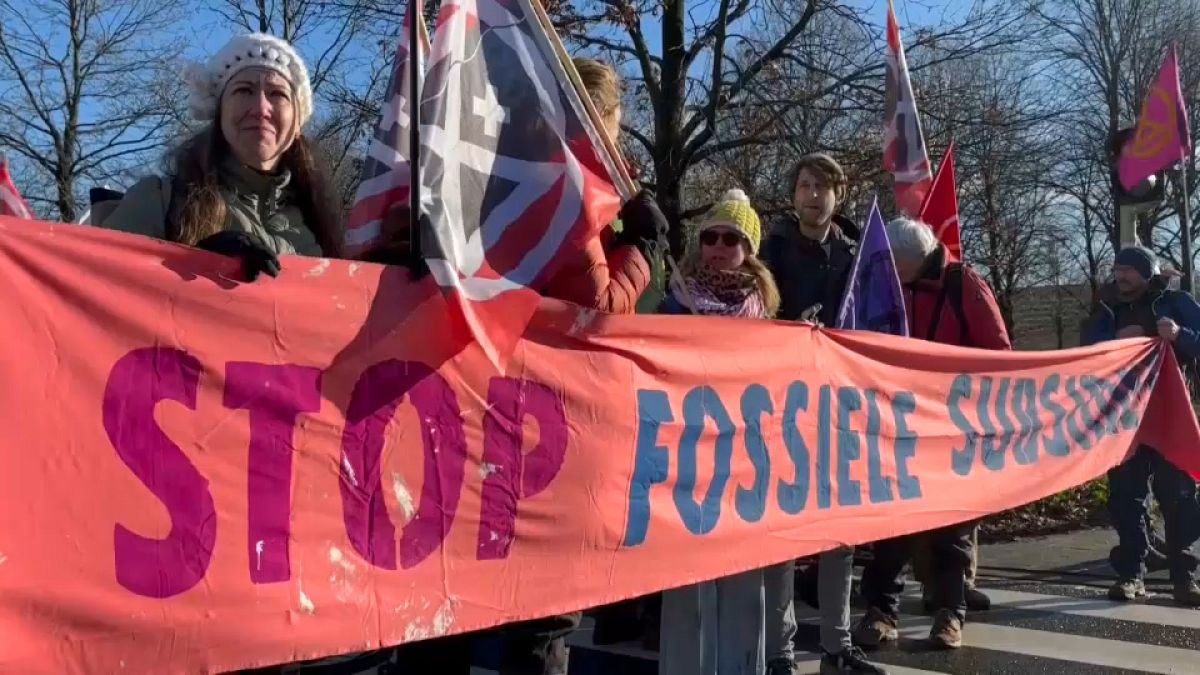Arctic tundra now emitting more carbon than it stores

Dramatic changes in the Arctic are being driven by high temperatures and intense wildfires.
After storing carbon dioxide for millennia in frozen soil, the Arctic tundra has now become a source of emissions.
“Our observations now show that the Arctic tundra, which is experiencing warming and increased wildfire, is now emitting more carbon than it stores, which will worsen climate change impacts,” said NOAA Administrator Rick Spinrad.
“This is yet one more sign, predicted by scientists, of the consequences of inadequately reducing fossil fuel pollution.”
The findings were published in the US National Oceanic and Atmospheric Administration (NOAA) 2024 Arctic Report Card.
New research with contributions from 97 scientists in 11 different countries reveals dramatic changes in the Arctic including rising air temperatures, declining Caribou herds and increasing precipitation.
Warming and wildfires are changing the Arctic
For the 11th year in a row, the report found that the Arctic is warming faster than the global average. According to researchers, it is currently warming up to four times the global rate.
This warming stimulates plant growth, removing carbon from the atmosphere, but also causes permafrost to thaw. Carbon trapped in the frozen soil starts to decompose releasing carbon dioxide and methane into the atmosphere.
Permafrost temperatures measured in 2024 were the second warmest on record at monitoring sites across Alaska.
Climate change is also making high-latitude wildfires more intense. The area burned has increased alongside the intensity of these blazes and the associated carbon emissions.
This year registered the second-highest wildfire emissions north of the Arctic Circle. When accounting for emissions from these wildfires, the report card found that the Arctic tundra has shifted from storing carbon to being a source of carbon emissions to the atmosphere.
Wildfires increase emissions in other ways too as insulating soil layers are stripped away by blazes accelerating permafrost thaw and the carbon emissions that come with it.
“The Arctic is warming up to four times the global rate, and we need accurate, holistic, and comprehensive knowledge of how climate changes will affect the amount of carbon the Arctic is taking up and storing, and how much it’s releasing back into the atmosphere, in order to effectively address this crisis,” says Dr Sue Natali, Woodwell Climate Research Center scientist and lead for the report card chapter on carbon emissions.
“This report represents a critical step toward quantifying these emissions at scale which is critical for understanding their impacts on global climate and informing equitable mitigation and adaptation strategies.”
The urgent need for adaptation
The report card outlines how climate shifts are forcing plants, wildlife, and the people who depend on them to adapt rapidly to a warmer, wetter, and less certain world. Stark regional differences are also making these environmental shifts highly unpredictable.
Climate impacts are threatening the health, homes and survival of many Indigenous communities that live in the Arctic.
“This year’s report demonstrates the urgent need for adaptation as climate conditions quickly change,” says Twila Moon, lead editor of the Arctic Report Card and deputy lead scientist at the National Snow and Ice Data Center.
“Indigenous Knowledge and community-led research programs can inform successful responses to rapid Arctic changes.”
World News || Latest News || U.S. News
Source link



